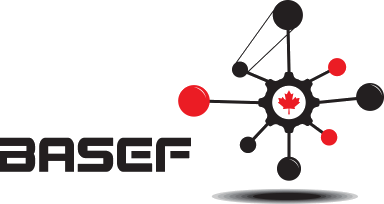| Abstract |
This experiment investigates the influence of material properties (surface, texture) on the accuracy of radar detection, specifically focusing on the reflection, absorption, and transmission of ultrasonic waves. A sonar system was constructed using Arduino components to test the detection accuracy of various materials, including smooth, pliable, and porous surfaces. The materials were placed at a fixed distance and angle from my DIY sonar to evaluate their impact on the detection accuracy. The results indicate that the material's texture and density play a significant role in radar detection, with smooth and solid surfaces reflecting waves more effectively, while porous and pliable materials tend to absorb or allow waves to pass through, leading to inaccurate distance reporting or inability to detect. Experiments like this can contribute to the understanding of how different materials interact with ultrasonic waves and have potential applications in areas like home security, autonomous cars, or underwater exploration technology and the improvement of radar and sonar systems. |


